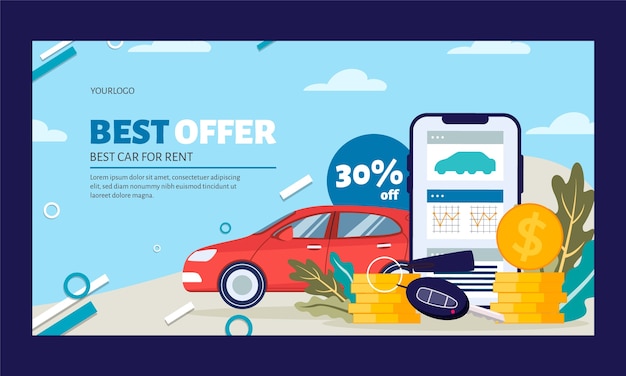A Comprehensive Guide to 2024’s New and Used Car Payment Trends

Car costs have been rising significantly, and inflation has played a major role, pushing auto loan interest rates to their highest levels in decades.
### Increased Car Costs Heading Into 2024
As we move into 2024, car payments are on the rise, whether you’re buying or leasing a new or used vehicle. The overall expense of owning and maintaining a car has reached unprecedented levels:
– **New Vehicles**: According to LendingTree, the average monthly car payment for new vehicles was $726 in Q3 2023, up 3.6% ($25) from $701 in Q3 2022.
– **New Vehicle Leases**: The average monthly payment for new vehicle leases was $597 in Q3 2023, a 4.6% ($26) increase from $571 in Q3 2022.
– **Used Vehicles**: The average monthly payment for used vehicles was $533 in Q3 2023, a slight 0.8% ($4) increase from $529 in Q3 2022.
It’s uncertain how these costs will change by the end of 2024.
### Auto Loan Statistics in 2024
To understand the current car market in 2024, here are some key statistics from the Federal Reserve Bank of New York’s Q3 2023 Household Debt and Credit Report:
– **Total Auto Loan Debt**: American auto loan debt has reached approximately $1.595 trillion, an 88.8% increase over the past decade, rising from $845 billion in Q3 2013 to $1.595 trillion in Q3 2023.
– **Yearly Increase in Auto Loan Debt**: From Q3 2022 to Q3 2023, auto loan debt increased by $71 billion.
– **Serious Delinquency Rates**: As of Q3 2023, 2.53% of borrowers were seriously delinquent (90 days or more overdue) on their auto loans, up from 2.02% in Q3 2022, marking a 20% increase in serious delinquencies.
– **Median Credit Score**: The median credit score for newly originated auto loans rose to 719 from 716 year over year.
Owning or leasing a vehicle has become increasingly expensive across the United States. If you’re planning to get a car, it’s crucial to carefully calculate your monthly budget to ensure that the costs align with your financial situation.